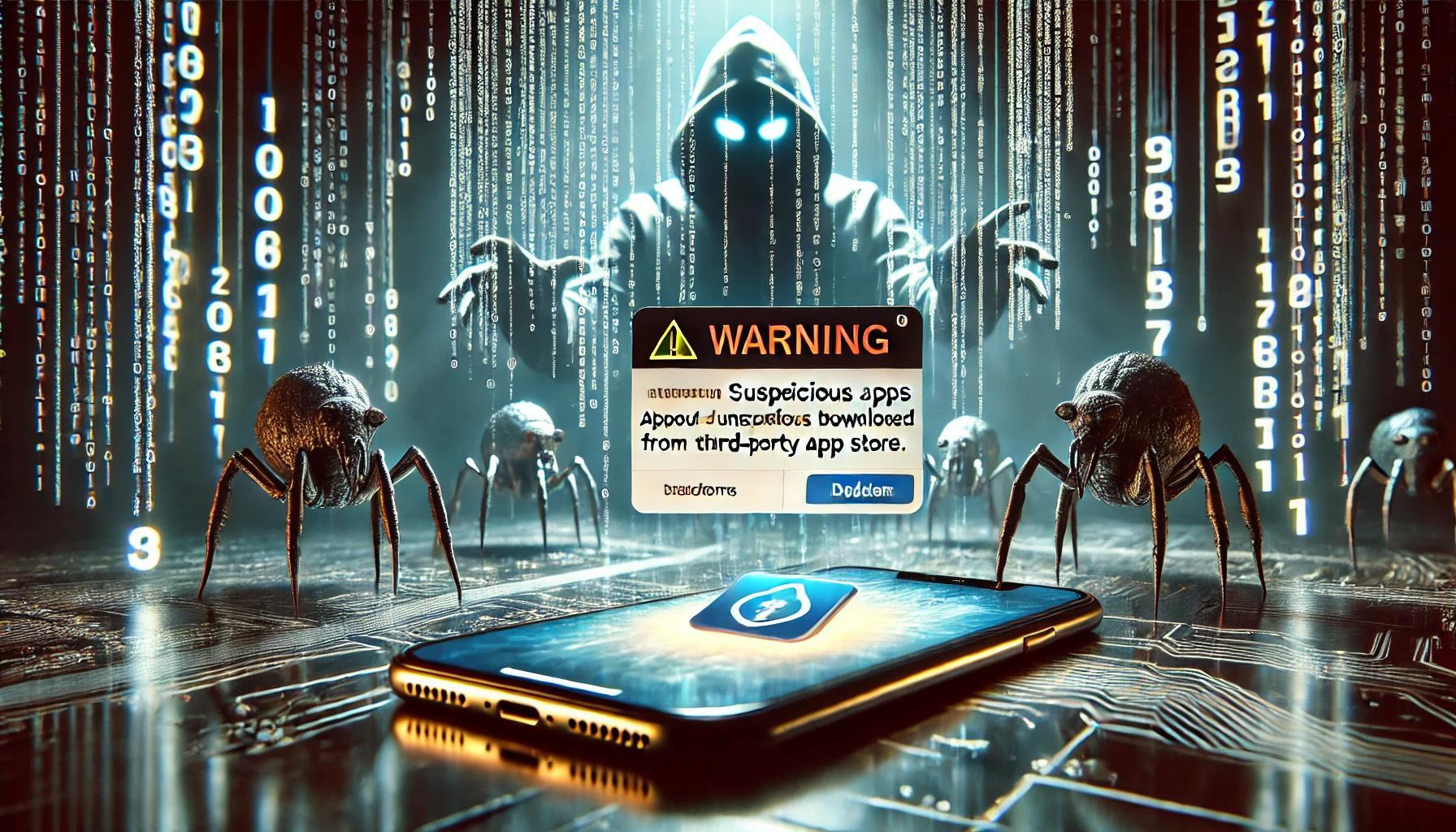Cyber (In)Securities – Issue 137
Information Security News 1. Oracle Cloud security SNAFU latest: IT giant accused of pedantry as evidence scrubbedThe Register – Thomas ClaburnRead more 2. CoffeeLoader Malware Is Stacked With Viscous Evasion TricksDark Reading – Becky BrackenRead more 3. Phishing platform ‘Lucid’ behind wave of iOS, Android …



